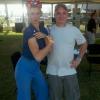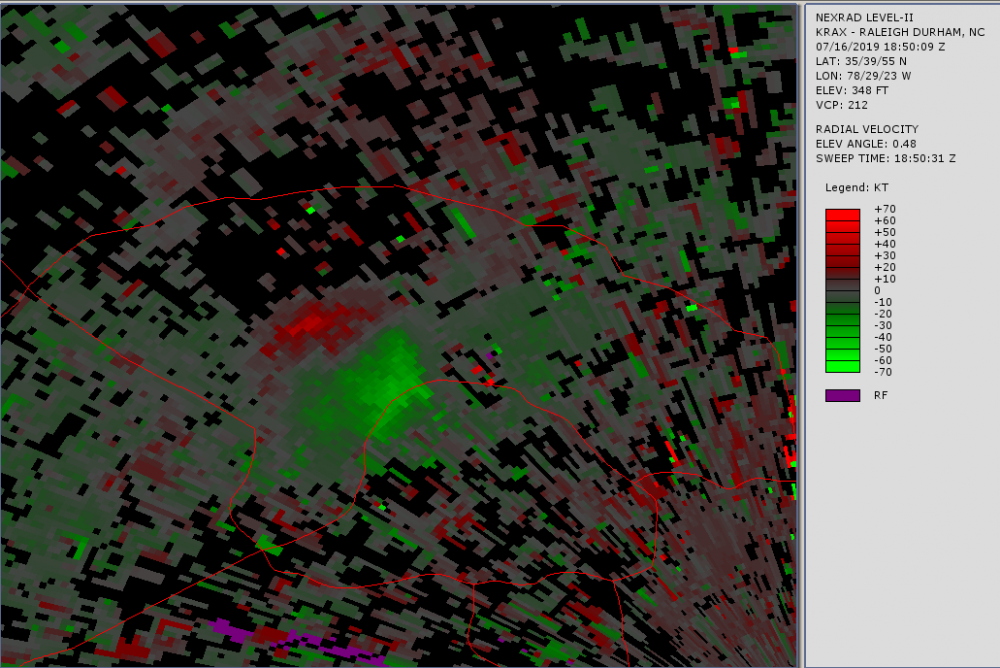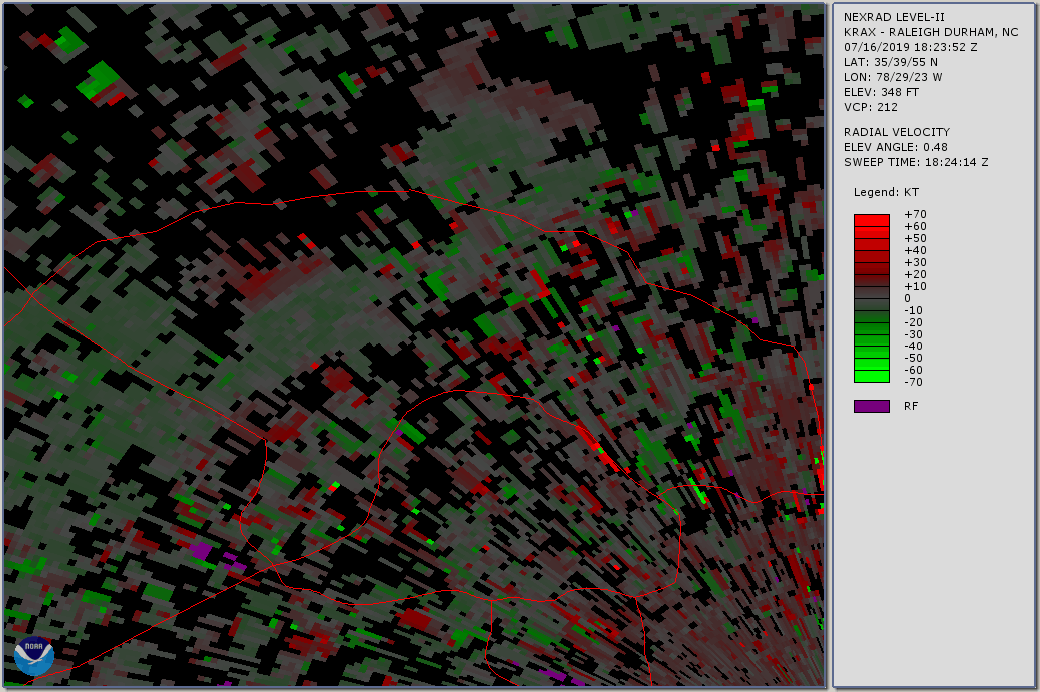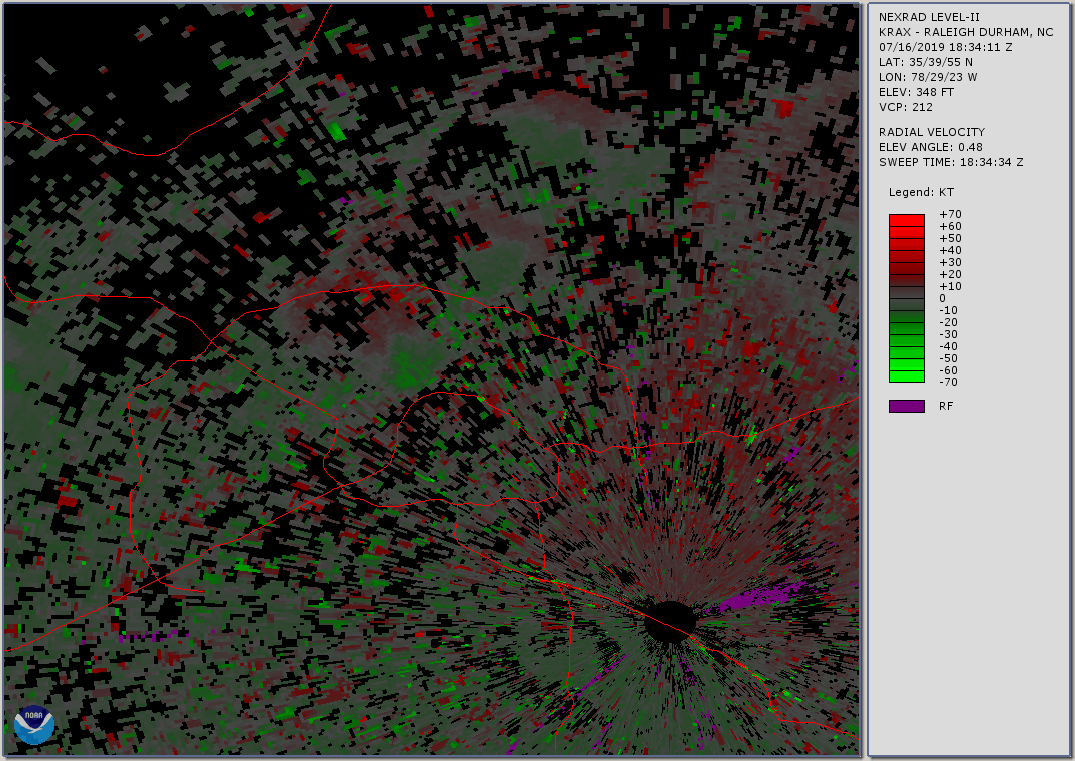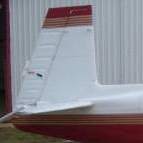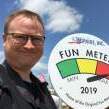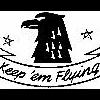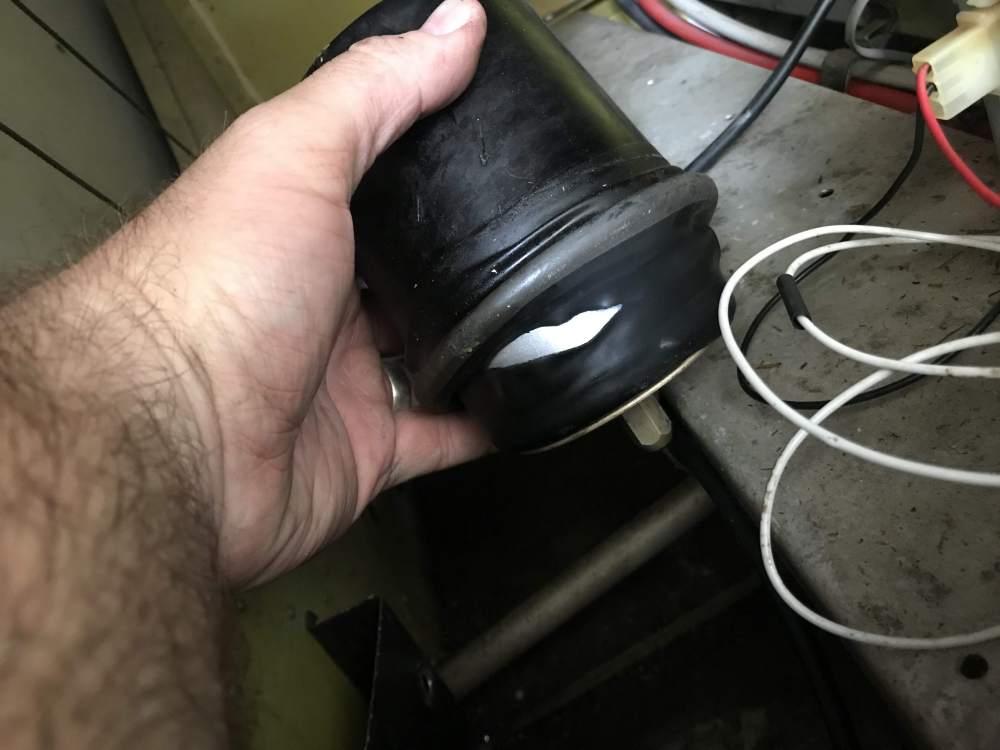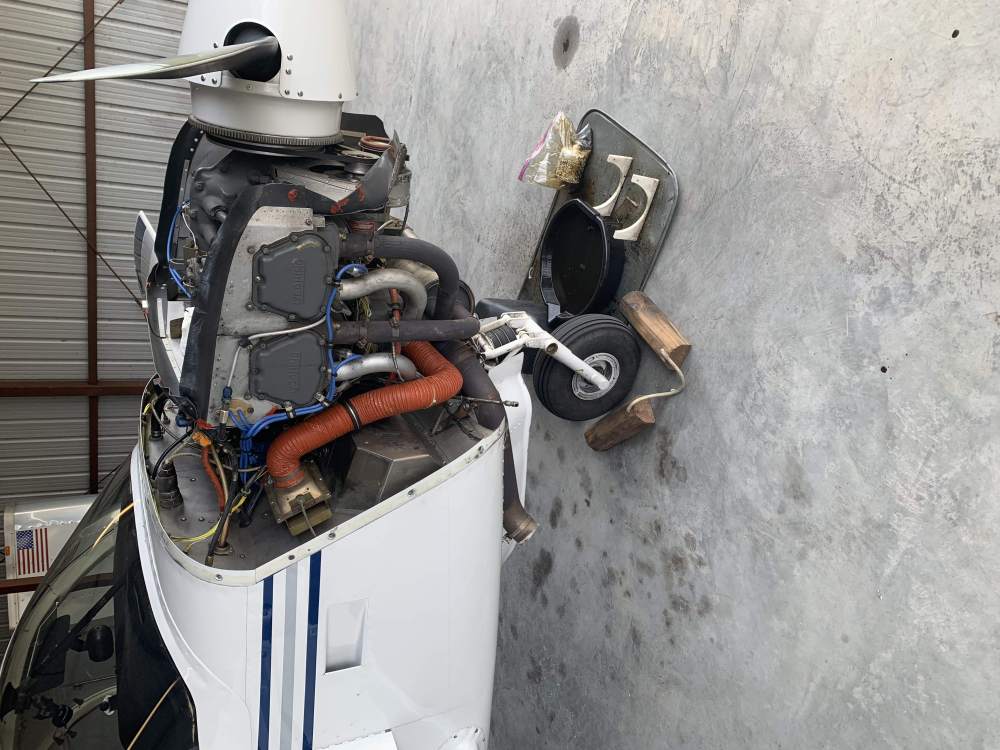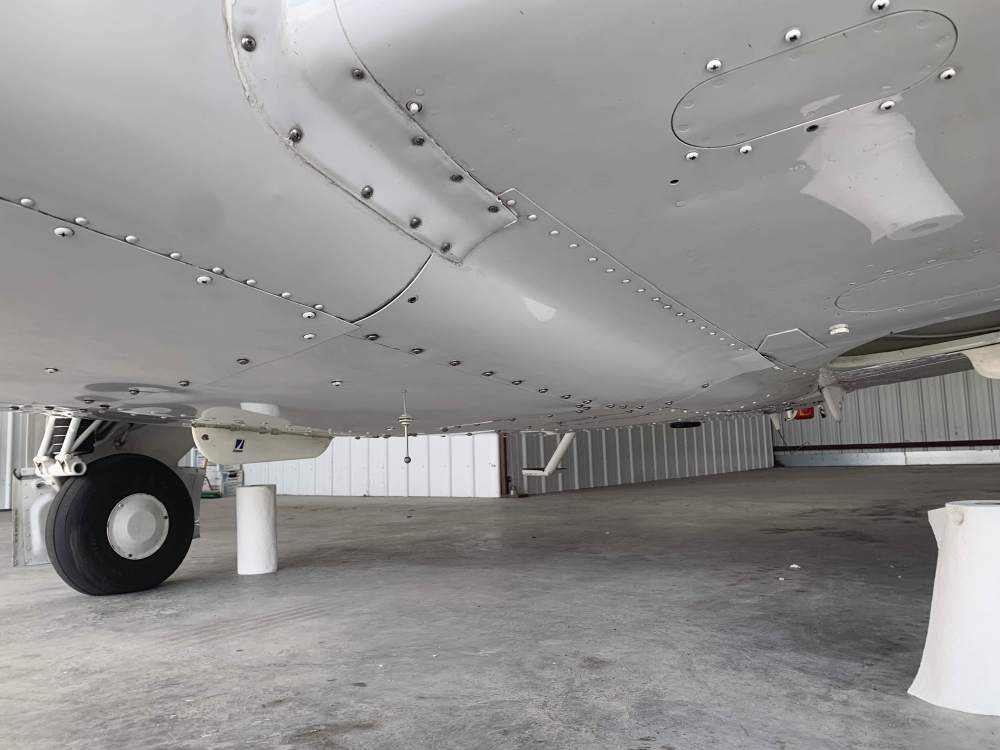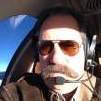Leaderboard
Popular Content
Showing content with the highest reputation on 07/20/2019 in all areas
-
And you have HOW MUCH ROCKET TIME? I owned and flew one for 18 years and just shy of 2,000 hours. Take your advice from someone with experience, not just an opinionated uninformed Jealous J owner. I have flown many 3 person flights, even a few 4 person flights, NEVER OUT OF CG OR GROSS. And the comment on extended range tanks, I don’t believe I’ve EVER SEEN a more misinformed comment. PM me personally if you want REAL ownership experience. I’m not sure I can take this total BS from the above to grace this topic with another post. Tom6 points
-
Today's flight actually started yesterday as we flew north to Redmond OR to dig for aggets known as thunder eggs. It's been a long time since we have flown more than a short hop. 375 miles was done in 2h 15min with our gps showing 180mph ground speed. There was lots of clouds below us as we made our way north more than forecasted but as we neared RDM there was lots of breaks allowing us to descend into the area. The flights both yesterday and the return today were as smooth as you can imagine flying at 9500 and 10500 feet each way. Found lots of rocks in fact had just under 50 pounds of them in a five gal bucket in the baggage area. Now I need a rock saw to slice them open to see what's inside.5 points
-
I don’t understand the hostility. He should be on cloud 9 with the KI300/310 certification this week. I’ve seen a lot of rockets with some real hours put on, none of this 30-40 hrs per year stuff. Obviously pilots are finding the rocket provides exceptional utility.4 points
-
It was still a night IFR over-mountain trip in a plane neither of you had flown before. The MMOPA FRAT score for this flight would have glowed bright red. Glad it all went well.3 points
-
If the AeroCruz 230 will work with my Aspen/EA100, I''ll probably be at the head of the line to buy the upgrade. I just feel the GFC500 has too many limitations unless you're all Garmin already. I'll definitely to talk to the folks here at Oshkosh.3 points
-
You sound jealous, Peter. And bitter . . . like you were slow and someone else bought the Rocket you were looking at. Ricky, I would concentrate on real information from actual Rocket owners instead of the rant above. Good luck in your search, and remember--the PPI is your friend!3 points
-
Check out this microburst caught on camera in the Raleigh, NC area. The important thing to notice is just how benign this looks underneath the cloud deck...lots of locations with blue skies in the distance. https://twitter.com/i/status/1151556735406096385 Here's the dual-node signature you'll see on the NEXRAD radial velocity (Doppler) when it is occurring. Green represents hydrometeors moving toward the radar and red are hydrometeors moving away from the radar. The image below is time stamped at 1850Z, when in fact, the microburst began around 1845Z based on the camera's time stamp. Here's the NEXRAD loop you can see how quickly the microburst occurs (each frame is about five minutes apart).2 points
-
2 points
-
2 points
-
A good instructor is a great resource. But there are ways you can figure this out for yourself, and in so doing you will learn a lot about your airplane. Besides, it's a lot of fun to develop procedures that work for you rather than just using someone else's. A good place to start is to get a copy of Positive Flying by Richard L. Taylor and William M. Guinther (https://www.abebooks.com/book-search/title/positive-flying/). They are the ones that originated the PAC (Power-Attitude-Configuration) concepts used by many instructors, and the book describes in detail how to develop them. Happy flying Skip2 points
-
Hah! I think you’ve just met the resident dentist, Rogue.... this is not an unusual sort of post from Peter Garmin. If you think he’s good at irrationally attacking rockets... just ask him his opinion on an Aspen display or Avidyne GPS’s!2 points
-
Peter: What is wrong with you? Hello...Are you listening? What is your major malfunction? Check that. Why do you feel it is your duty to slag on a Mooney? What do you gain with your discourse? (Rhetorical. Answer is ZERO). Have you ever owned or flown a Rocket? If answer is no perhaps you should let those that have/do speak as they will be better informed than a checker tailed J driver?2 points
-
2 points
-
Because it’s not a Bravo and it can’t compete with certified airplanes from Mooney. It’s a two light person airplane. And nothing wrong with that if that’s what you want and understand its limitations.2 points
-
I'm going to change the shock disks on my C model soon and I was looking for the tools to do the R&R. I saw the tool available from Hangar Toolbox, but decided since I make tools that I should just make my own. I'm on target for making my prototype for less than the cost of shipping for a rental. I'll post back here how well my tool worked or how well it didn't. David attachment=26324:M20 tool.JPG]1 point
-
1 point
-
Often around here people will explained their simplified math tricks that they use... Then there are the realities of IFR flight... Then there is me.... but, I did have a decade of M20C experience... My M20C experience... VFR flight Descent From 12.5k’ Use portable Garmin to set up 400fpm descent... it set up a nice TOD and ILS bar to (follow)... use as a guideline... following it would leave you too far behind the plane... leave throttle in for best forward speed... Max out reclaim of all that altitude gained... Remove throttle or descent rate to avoid Vne... 400fpm happened to work out pretty well... 200 fpm worked pretty well from further out... Be below maneuvering speed closer to the ground where turbulence is going to occur... Doing this... we are still short of power and speed... slowing down occurs naturally... target to be at altitude about three miles from the airport... to burn off any extra energy left over... Gear down, first notch of flaps prior to entering the traffic pattern... Don’t expect to use flaps or gear as a speed brake. They waste too much valuable energy... Planning in advance allows the pilot to improve his efficiency... Dead Dinosaurs are expensive everywhere a Mooney goes... PP thoughts only, not a CFI... Best regards, -a-1 point
-
I don’t slow down in descent, I speed up. I descend at 500fpm at the top of the green in chop or top of yellow when smooth. Whatever power setting is needed is what I use. Mixture stays leaned and is only adjusted to keep engine smooth. I use time to destination to determine when to start down. I want to be at pattern altitude 1 to 2 miles from the airport. If descending to a pattern altitude of 2,000’ from 10,000’ I would start my descent about 18 mins out (8,000’/500fpm + 2mins for the extra speed in descent). Once level at pattern alt I shoot to be at gear speed (120mph) abeam the numbers or 2 miles from touchdown if non standard pattern. I lower the gear as soon as I reach gearspeed.1 point
-
1 point
-
1 point
-
From Jenny today Mark’s in stable condition[http://mobile-mail] mike elliott, Jenny Brandemuehl has posted a new announcement for Family & Friends of Mark Brandemuehl. Mark has a good and restful night. His vitals look good. His kidney functioning are not yet back to how they were before his leg amputations, but he’s slowly improving. We were with Mark all afternoon and evening. His face is getting more fully healed and he has a healthy pink complexion. Amanda, his night nurse said Mark had a restful and good night. His eyelids are sewn shut (so new skin around his eyes becomes flexible, otherwise too right & he wouldn’t be able to close his eyes). But yesterday he kept blinking and now both eyes are partially open. His nurse explained that while he’s sedated, he’s not paralyzed. He doesn’t like having his teeth brushed as his respiratory number goes up each time! Laila, our longtime friend & Wellesley sister visited Mark the last few days from Boston. Mark’s Stanford GSB classmate Kathy & her husband Page are here this weekend along with my cousin Richard who flew in from nearby Las Vegas where he was attendIng a tech conference. Rene here and leaves this afternoon, Michelle left yesterday. There continues to be a lot of love in the room for Mark. [emoji3590] No word of any surgery today. If it changes after the doctor’s morning rounds, I’ll let everyone know. You are receiving this message because you are a member of this community. You may unsubscribefrom receiving announcements at any time. Thanks for all you do to help others, Your friends at Lotsa Helping Hands [emoji2398] 2019 Lotsa Helping Hands | 118 N Peoria 2N Chicago, IL 60607 Sent from my Pixel 2 XL using Tapatalk1 point
-
Contact Gleim Aviation's website, and tell them I referred you. It is likely that you would fine their online resources very helpful. RudderMaster3451 point
-
This is pretty basic, but what I do if the air is smooth. Typically on a long cross country I am at 9,500 or 10,500 and only getting 20-21" MP. When I am ready to descend I push the nose over and trim it out for 3-500fpm, let the speed come up. I usually am between 160-180 mph IAS in descent (again in smooth air) and as I descend pull the throttle back to maintain the 20-21" MP. Once you level out, even at 20" it will come down to gear speed, in my plane gear speed is 120 mph. Once the gear is down I will reduce to 15" which in level flight brings me below the 100 mph to extend flaps. It takes some practice to figure out how long it takes to slow down once you level out. Once you know that distance it is just a matter of arriving at the altitude you want to be with enough distance in level flight left to slow from descent speed to gear speed.1 point
-
The switch can show up anywhere, since there were thousands of them on the shelves when the AD was issued. They were installed new many years after the AD, since the part was not considered bad unless it flunked the test. The majority of these switches will pass the test until the plane is in the boneyard. So when a mechanic is uncertain about the status of the switch, it's either do the five second long test, or spend an hour digging into the panel to find the date code on the switch. More often than not the date code is hard to find or unreadable.1 point
-
If you'd ever dealt with Yelp as a business, you'd never use their services as a consumer. What you see on Yelp is so far from reality, it's almost comical.1 point
-
Bin in Europe. There is nobody around that has experiences with flying preJ Mooney. Since March I have accumulated 60 Hours in my M20C. Been excited and love to fly with it. Fly both - short and long routes. The longest route was 357 mn. There are of course differences to Planes that I have been flown so far (Till now I have cca 900 Hours as PIC). Sorry for basic questions, of course, there are some basic rules, but I am just trying to find a style that would fit me. m.1 point
-
I cut my teeth on old Zlin Akrobats and Trener Masters. You haven't met a parts hoarder until you've met a Zlin owner. Someone just bought two I've been flying for as long as this Mooney - they were mainly buying the parts with the airplanes as a nice addition. They've been without factory support for decades. Brittain's been closed for a couple years now? I just got a box from Mooney. The Brittain stuff is out there. It just takes a little scrounging, and that's nothing new to me. In the meantime, here's how she handled the bumps with a patch over the tear yesterday. Much improved.1 point
-
1 point
-
For like 10 seconds I was thinking, ok, so this might actually be a reasonable way to go, given a KFC200 already installed, servos in place, no labor to r&r servos, etc.... How can a company claim to sell an autopilot for 10k and then say, but it won't work, no matter what and you need to buy 5k more worth of stuff to make it work and claim that the 10k has anything to do with anything. Ok, so 15k. Then you probably need to buy their KI300 for what...6-7k? And then you need to buy what for an HSI? SO I think this may well be MORE expensive by the time you are done, than a GFC500 with a pair of G5's even including the labor of r&r servos - and then you end up with new brushless digital servos. Of course going GFC500...then you start thinking G3X....1 point
-
So much effort for $1K? Wow, I must be in the wrong business. A thousand bucks is a lot of money. Certainly worth asking a friend already going to the show to write my name down on a piece of paper. $1,000 / 4 dollars a 100LL gallon = 250 gallons / 9gph = 27.7 hours which is a quarter of my flying per year. CB? No, just a someone who watches my expenses. Thank you for all your contributions to this post.1 point
-
Software. But so much effort for what, $1k off? Full CB in effect here. But honestly if you were my customer I would just give you the show price and mark you down as having attended the show so my marketing dept was happy and felt like doing the show was a good use of marketing dollars. No need to make anyone jump through hoops.1 point
-
God gives these families an unbelievable amount of inner strength, if I’m ever called upon I only hope I’d have the inner strength and fortitude to go on, such tough times prayers are with them plus AJ1 point
-
I had one on a 182. It worked well but mine had no automatic trim. There was an annunciator that told you when trim up or down was needed.1 point
-
I thought about it but it was sent to me with some writing saying it was okay to share but not to post and i would like to respect that. Sent from my iPhone using Tapatalk1 point
-
The pitch system is is an add-on for aircraft with an existing (usually factory-installed) single axis AP. Most of the airplanes I have seen with them have the Century for the roll axis.1 point
-
If you call 40ºC a cold day, what do you consider a hot day ???1 point
-
Long range tanks on a Rocket are useless. I don’t think anyone in their right mind would put them in a rocket! The ones with them had them prior to the conversion. A "conversion" does not hold its value as well as a factory Mooney. Also it has to be an exceptional airplane to even consider it over a factory airplane. I'm not certain the Rocket is.1 point
-
Been flying our Rocket for 24 years. It's fast & reliable. Just needs some newer avionics....1 point
-
MB, I was in your place a few months ago. Still finishing up my PPL and starting my presumably long search for an Ovation 2 DX. As it turned out I found my near ideal plane within a couple of months. While the timing wasn't perfect I went ahead and purchased it. Insurance costs $7100 for the first year. It's a challenge trying to fly two planes and I decided to finish up my PPL in a 172. I only have about 6 hours in the M20R (I couldn't resist flying it a little) and it's a dream, but definitely different from flying the 172. I wouldn't say its any harder to fly, but it definitely requires more attention to engine parameters and airspeed. Definitely requires a lot more attention to stay ahead of the plane. So if you get the Mooney now you may prolong your training before getting your PPL which will cost you more. The additional insurance premium of being a student will be significant. Ultimately you have to decide if the added cost of owning the plane "early" is worth it. Since I was looking for a very specific model with very specific setup (no AC and no TKS) I felt the added upfront cost was worth it for a plane I plan to have a long time. That said, if you can wait I would. The added cost would have been nice for the avionics upgrade I am doing now.1 point
-
“Geez you'd think I wanted to bolt a big mirror on it. :-) So of course at annual I'm going to have to come up with something else I want to do, just to get him going. Any suggestions? Maybe review mirrors or turn signals? “ Lay out some blue painter’s tape on the top wing skin right above the wheel well and draw a 2” round circle on it with a sharpie. Hand your IA the lens out of a D-cell flashlight and tell him you’d like to install a “gear inspection window.” Then maybe volunteer to clean the wheel bearings for him to get back in good graces. Tom1 point
-
You should reread what @kortopatessays above. You don't need another IA, that bit is done. I HIGHLY recommend folks to get Mike Busch's latest book on aircraft ownership so you understand your rights as Paul K explains. This exact scenario with Continental compressions and being forced into an unnecessary overhaul scenario is described in there. https://www.amazon.com/Mike-Busch-Airplane-Ownership-troubleshooting/dp/1073748952/1 point
-
1 point
-
1 point
-
1 point
-
He certainly doesn’t need a second inspection. The “inspection” part is complete and payment is due - so nobody should be considering paying for another inspection. Just for resolving the remaining unresolved discrepancies per the inspection. What you need to understand is once the inspection is done, the IA is obligated by the regs to provide the inspection log book entry. If he can’t sign it off as airworthy he is obligated to sign it off with a list of discrepancies which can be resolved by any A&P. The IA knows this and he also knows if Santos calls the FSDO about him refusing an inspection logbook entry then his FSDO PMI will be promptly calling him. An inspection can not be undone, it can only end in one of the two ways discussed above with either an airworthy return to service signature or a list of discrepancies. The list is his easy way out, especially now that he has a second opinion A&P saying it's fine. Other than discussing M-0 Diff compression inspection with him, I wouldn't waste anymore time on him. Sent from my iPhone using Tapatalk1 point
-
You will have a blast, just a few more tips. (re iterating) Fly early-first light, cooler temps , light winds IFR can be dicey in light singles when in valleys, stay on the sunny side (thermal and winds rising) cross any high peaks at a 45 degree angle (leaves you an out to turn around if needed) higher is better over inhospitable terrain pack a bag with small first aid kit, water for two , a good knife, energy bars, parachord,, space blankets, waterproof matches or lighter, (I keep a bag if Fritos in survival bag, they're great fire starters besides being tasty. Fly with good boots, (flip flops no good if you have to hike out from anywhere), have some warm clothes with (fleece pull over, rain gear) 85 up here today, last night 44. Great flying, great scenery, the American West is a gift, my apologies for any alarm, but just better to be informed and buttoned up. Have fun , fly safe!1 point
-
One other tip since you’re going to Tonapah... the Nellis range is very busy. It’s where the USAF does Red Flag. There’s lots of restricted airspace. If you call up Nellis approach they will tell you if the MOA is hot. It’s legal to go through obviously, but probably not smart. On the weekend I’ve had good luck going right through on the edge of Area 51. Keep an eye out for the aliens, dummy Russian missiles, and Iraqi airfields... If you’re down that way, are you going through Grand Canyon? Got the Grand Canyon special map? It shows the vfr routes, frequencies and rules through Grand Canyon. It’s really awesome to fly over.1 point
-
I use to live in Mammoth and have flown out of there many times - mostly with my dad in an old -172. Don’t plan on departing after about 11am due to density altitude and wind. Honestly, I’d try to arrive in the morning as well since it occasionally gets windy in the afternoon. Hot and breezy in the afternoon/evening, so morning is probably the best bet. Approach and departure maneuvering room is plentiful. Won’t even be an issue. I live in Spokane now and our local rule of thumb is to be on the ground by noon in the summer due to turbulence and density altitude. I highly recommend reduced fuel load on the higher departures. Your runways are plenty long but climb will be anemic with high mountains all around.1 point
-
Well, I had two Mooneys before I bought a PA46. Then I bought a nice Ovation, and replaced that with yet another PA46. I won’t hold forth as an overall expert on the piston PA46 as both of mine have been turbine. But from the firewall aft the PA46 family has common structures. The aircraft was a clean sheet design optimized to fly at 20,000’ at 200 knots burning 14 GPH at LOP. In my opinion the airframe designers met their goal well. The airframe costs are comparable to long body Mooney costs. FIKI costs whether via boots or TKS. Pressurization system costs seem low. Avionics are equivalent, except the PA46 Mirage usually has a weather radar to care for. Both the piston versions have their staunch supporters. There is an STC to place an upgraded Continental TSIO-550 into the Malibu (PA46-310P) version. Care and feeding is about the same as for a turbocharged Bravo or Acclaim, from what I hear. To wit, lots of care and feeding is needed. The PA46 is heavier and you tend to fly it higher than a turbocharged Mooney so the piston engine works harder. With no cowl flap adjustment you have airspeed and gasoline for cooling. At FL250 in a Mirage I found it frequently took several additional GPH for cooling compared to best power ROP. To cruise higher you spend more time climbing. The POH says to expect 1,000 FPM but reasonable CHTs demand more like 500 FPM cruise climb so you are at about 35 GPH for 45 minutes to get to the lower FL. The plane handling is good in the air. It is a comfortable ride, passengers like the cabin. The piston types with 120 gallon tanks standard (140 optional) have great range and endurance. Yes, if you can’t stand a $10,000 bill now and then a PA46 is a risky tool. The Mirage pilot’s windshield is a perfect example: The heated PPG glass windscreen can fail the annual inspection heater current test and a replacement is around $30K. The turbine engine is expensive to buy but cheaper to maintain than the piston types. But that’s a different tale.1 point
-
1 point

